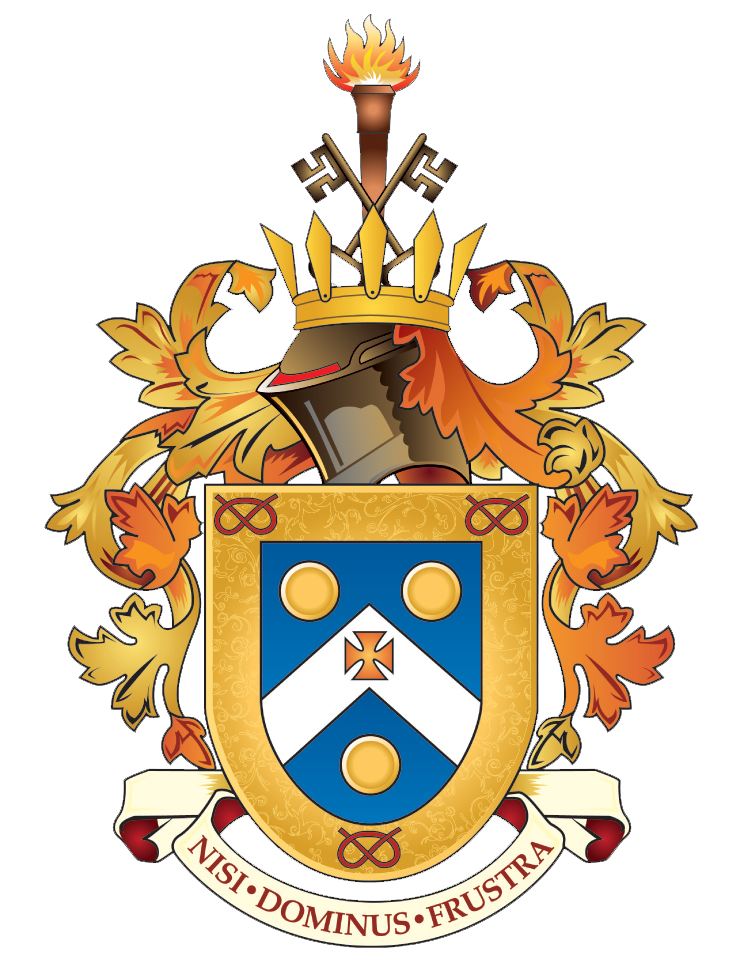History
Our historic timeline from 1850 to now

The timeline below covers a period of over 170 years and includes:
- The founding of the Wolverhampton Orphanage in 1850,
- Its receiving a Royal Charter in 1900,
- Becoming an officially recognised "Efficient School" in the 1920s,
- King George VI giving permission for it to be called The Royal Wolverhampton School in 1944,
- Becoming an Independent School in 1964 admitting fee-paying pupils alongside Foundationers,
- In 2016, "converting" to become the Royal School Wolverhampton, a Free School, and
- Continuing as a stand-alone charity, The Royal Wolverhampton School Foundation, focused on "the advancement of education of persons of school age" principally, but not exclusively, by donating funds received in support of current and recently-left pupils of the current school.
Click on a year to see a summary of events around that time
In some years, you can then click to open a PDF document (which opens in another window) for further information illustrating the events in more detail.
In some cases that detail will explain an aspect of the Foundation's history covering a span of more than just that year.

